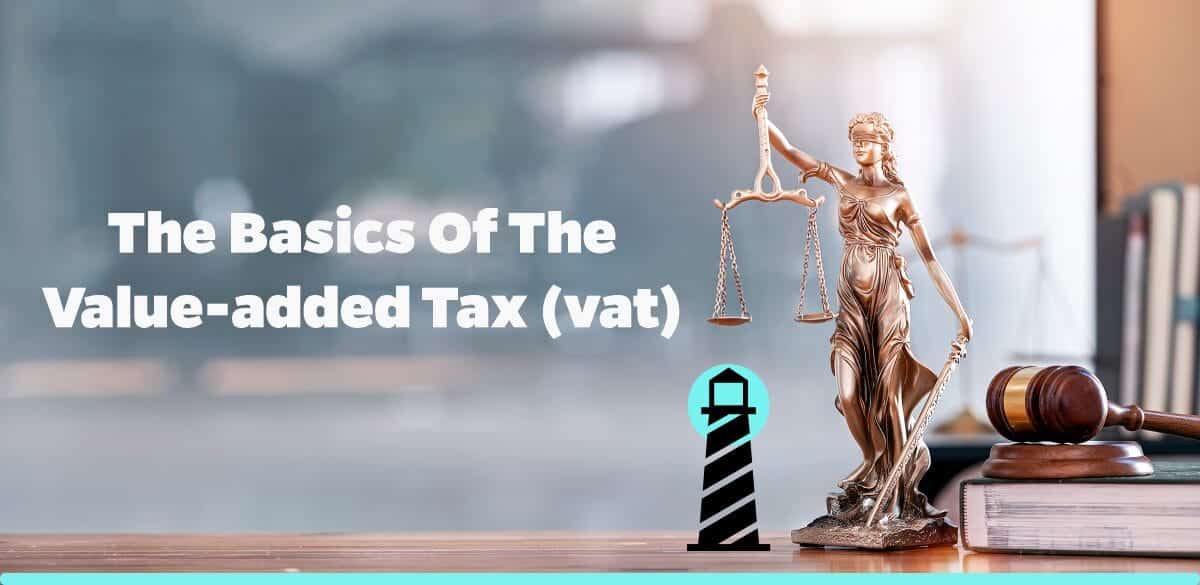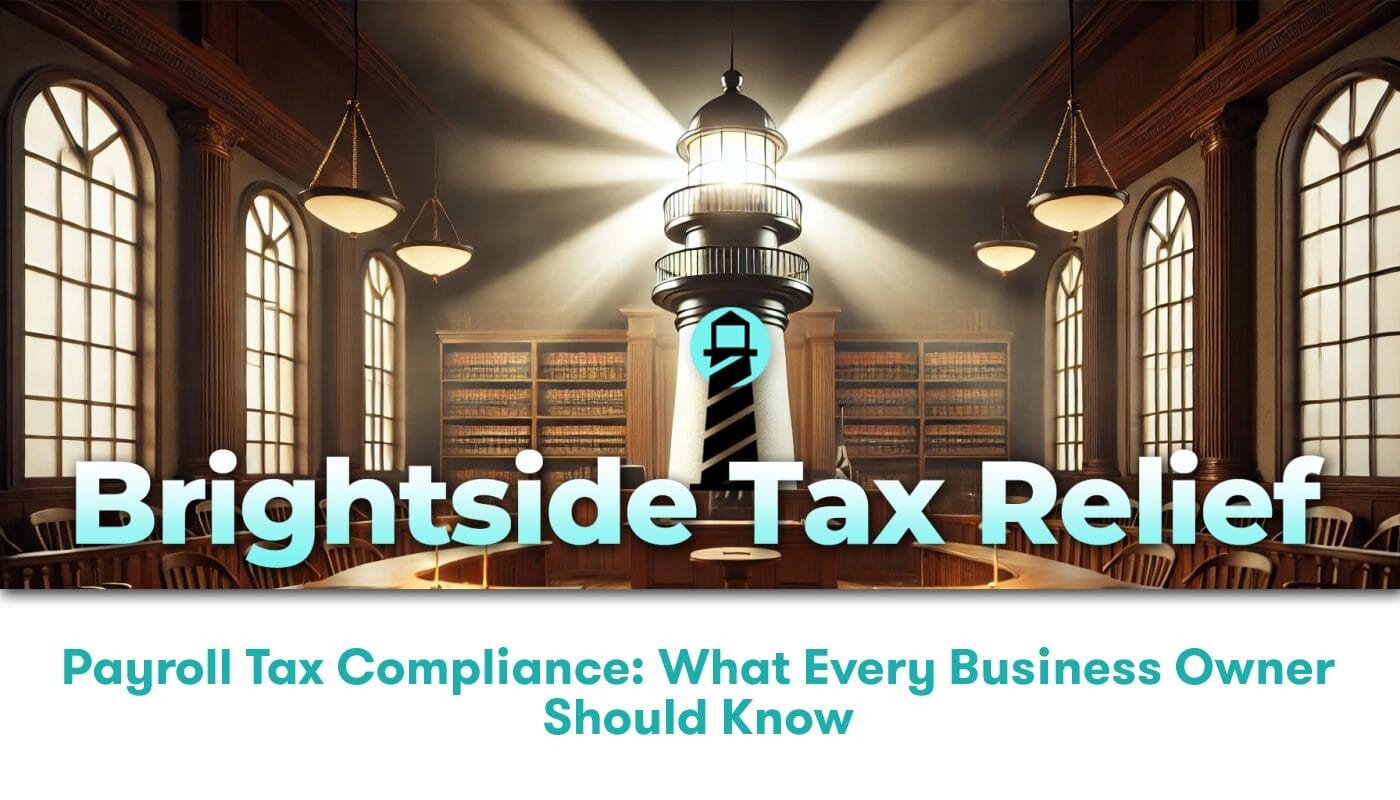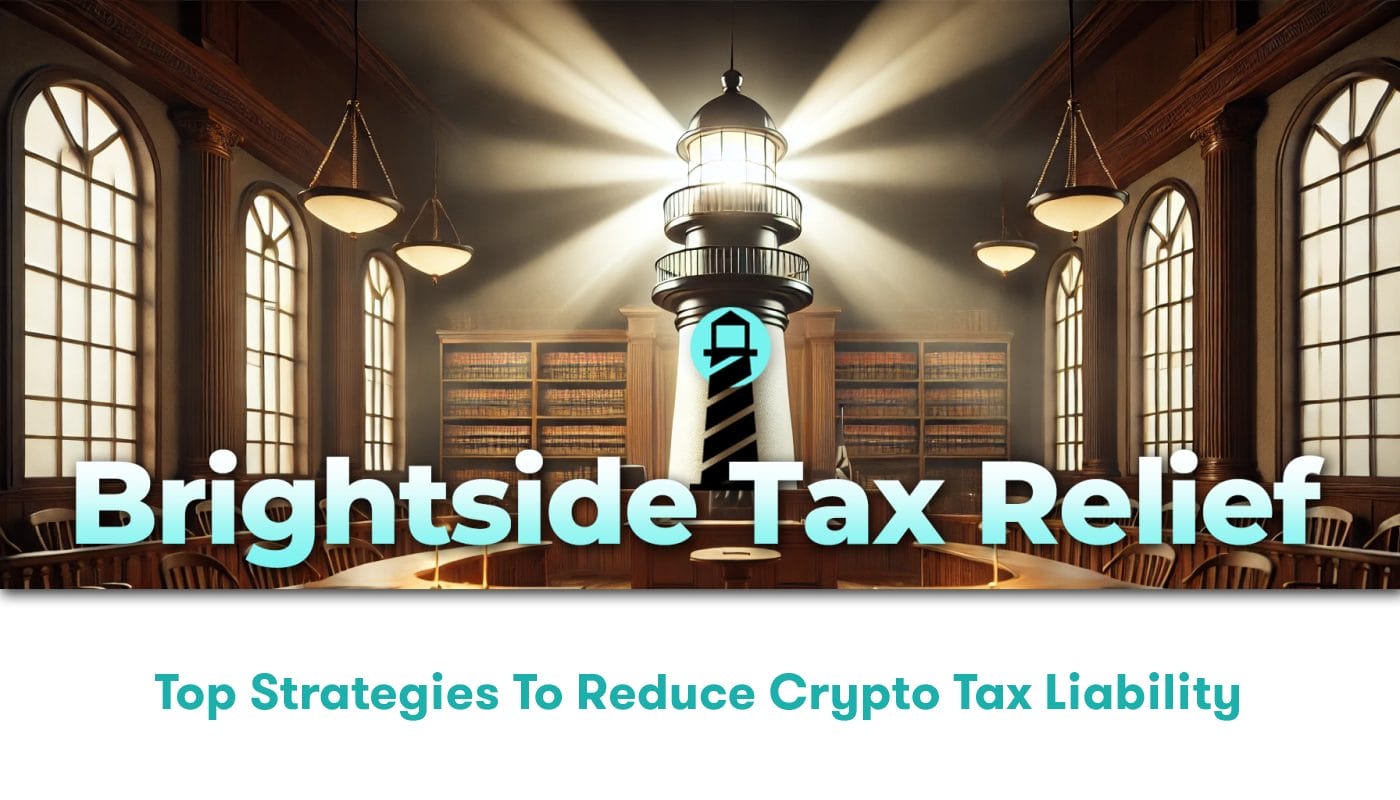Understanding Value-Added Tax: The Basics
For many individuals and businesses, dealing with taxes can often feel like navigating a tangled web. Federal tax laws, state tax laws, and International tax laws all contain their unique rules and complexities. One tax in particular that often confuses business owners is the Value-Added Tax (VAT).
At its core, VAT is a consumption tax placed on a product whenever value is added at each stage of the supply chain, from production to the point of sale. Essentially, it is a tax that’s paid by the consumer and collected by the vendor or business selling the product. The vendor will then remit the payment to the appropriate governmental entity.
How Does VAT Work?
To begin with, it’s important to note that the VAT system operates on the “destination principle.” This means that VAT is applied in the country where the consumption of goods or services occurs.
So, let’s say you have a product manufactured in Country A and then sold in Country B. VAT would be imposed in Country B (the destination) rather than Country A (the origin). The amount of VAT charged is the cost of the product, less any of the costs of materials or services already taxed.
This process is repeated at each stage of production or distribution. Hence, VAT is considered to be a multi-stage tax. This means it’s imposed every time value is added to a product.
The Impact of VAT on Businesses
In countries where VAT is implemented, businesses are responsible for collecting the tax and reporting it to the respective tax authorities. In practice, businesses add tax to the price of their goods or services, collect the tax from customers at the point of sale, and then remit this tax to the government.
Here are some key points to remember:
• Businesses are not ultimately taxed. Instead, the tax burden lies with the final consumer who can’t recover VAT on purchases.
• Businesses act as tax collectors on behalf of the government by remitting tax received to the national treasury.
• VAT registered businesses can reclaim VAT paid on purchases related to their taxable supplies.
Key Difference: VAT and Sales Tax
While both VAT and sales tax are imposed on consumers, they differ in the way they are implemented and collected.
Sales tax is directly collected from the end consumer at the point of sale. This is a single-stage tax because it is levied only once – at the time of the retail sale.
On the other hand, VAT is a multi-stage tax, collected at each stage of the value addition process. Normally, the purchaser does not directly bear the VAT. Instead, the registered vendor collects the tax on behalf of the government; the vendors then remit this amount to the tax authorities.
VAT Rate Variations
VAT rates vary widely worldwide. The International Monetary Fund (IMF) has recommended a standard rate of 10%-20% for countries implementing VAT. However, actual rates vary from zero to well over 20% depending on the country in question.
Some countries also have different VAT rates for different types of goods and services. For example, certain essential items may be taxed at a lower rate or be exempt from VAT to reduce the tax burden on lower income individuals.
The Role of Brightside Tax Relief
Understanding and navigating the complexities of VAT can be challenging for businesses. Brightside Tax Relief exists to make the process smoother and more manageable. As a nationwide tax relief company, we provide tax consultation and solutions to help businesses fully understand their VAT obligations and how to efficiently manage them.
Relevance of VAT in the United States
The United States is one of the few developed countries that does not currently implement VAT at the federal level. Instead, the U.S utilizes a sales tax system at the state level. Therefore, for U.S businesses, understanding VAT becomes crucial especially when dealing with international trade.
VAT And International Trade
As VAT is calculated at each stage where value is added, it has implications on international trade. For a business importing goods, the VAT typically applies as soon as the goods enter the country. Likewise, for exports, the goods are usually zero-rated, meaning no VAT is charged.
Final Thoughts on VAT
VAT stands as one of the major sources of revenue for governments worldwide. Despite its complexities, a proper understanding of how VAT works can help businesses efficiently manage their tax obligations.
To dive deeper into the topic, the IRS provides additional helpful resources. For a comprehensive dive, you can visit the IRS page on Value-Added Tax to understand the conversation surrounding VAT in the United States.
Working with a reliable tax relief company like Brightside Tax Relief can also provide needed guidance and support to navigate the complexities and challenges of VAT. With professional help, managing, collecting, and remitting VAT can be a much more straightforward process.
Remember, while VAT can be plain sailing for some, for others it can be an administrative nightmare. Whichever side of the spectrum you fall, a solid understanding of the tax and seeking the right professional help can make all the difference.






